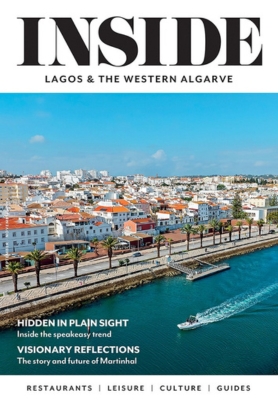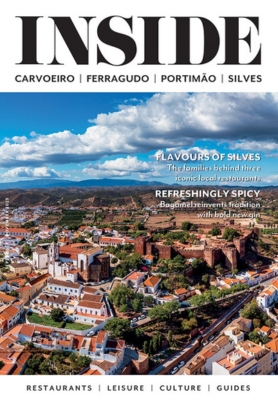Staying true to Portugal’s rich winemaking heritage
– August 4, 2025 | Text Beatriz Maio
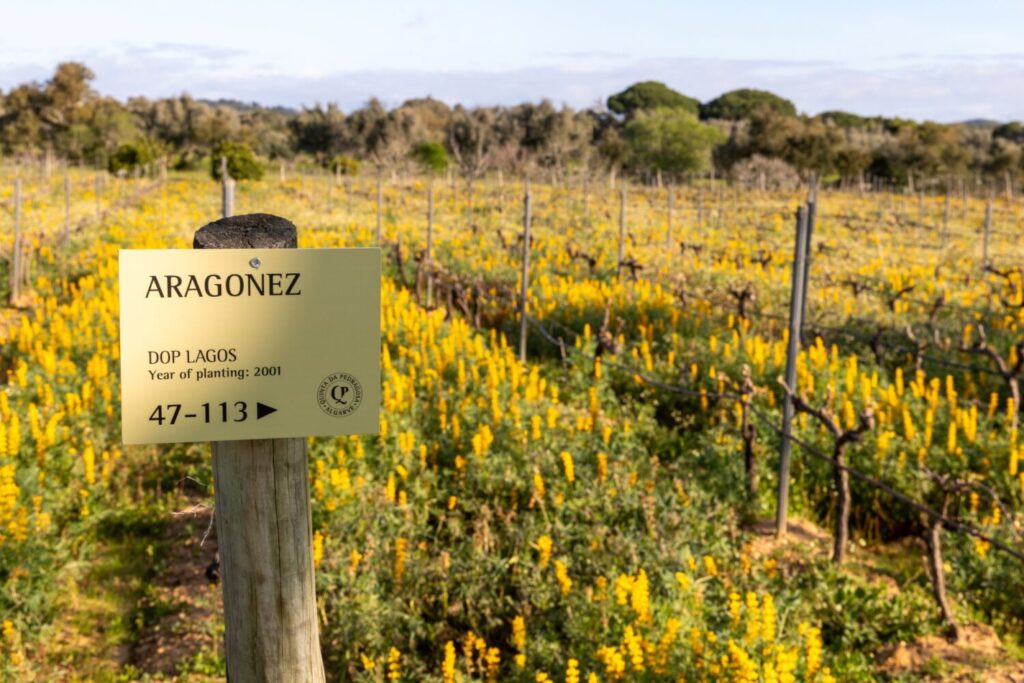
The roots of Quinta da Pedragosa were planted in 2019 with the acquisition of 10.4 hectares of land nestled in the Pedragosa Valley, near Barão de São João.
But Piotr Cholewa’s journey to Quinta da Pedragosa began much earlier. A visit to Lisbon and the Algarve in 1993 sparked something within him, but it wasn’t until much later that he made the life-changing decision to leave behind a successful career in engineering and immerse himself in the world of winemaking.

With a degree in Engineering and Building Structures from the Silesian University of Technology, he spent 30 years in fields far removed from nature – his true passion.
He served on supervisory and management boards and held executive roles, including president and chairman of the supervisory board in various companies. However, despite professional success, something was missing. He yearned for a different pace, rooted in nature and simplicity.
When he first saw what is now the Quinta da Pedragosa estate and the neighbour’s vineyard just a few hundred metres away, “it was love at first sight”, he recalls.
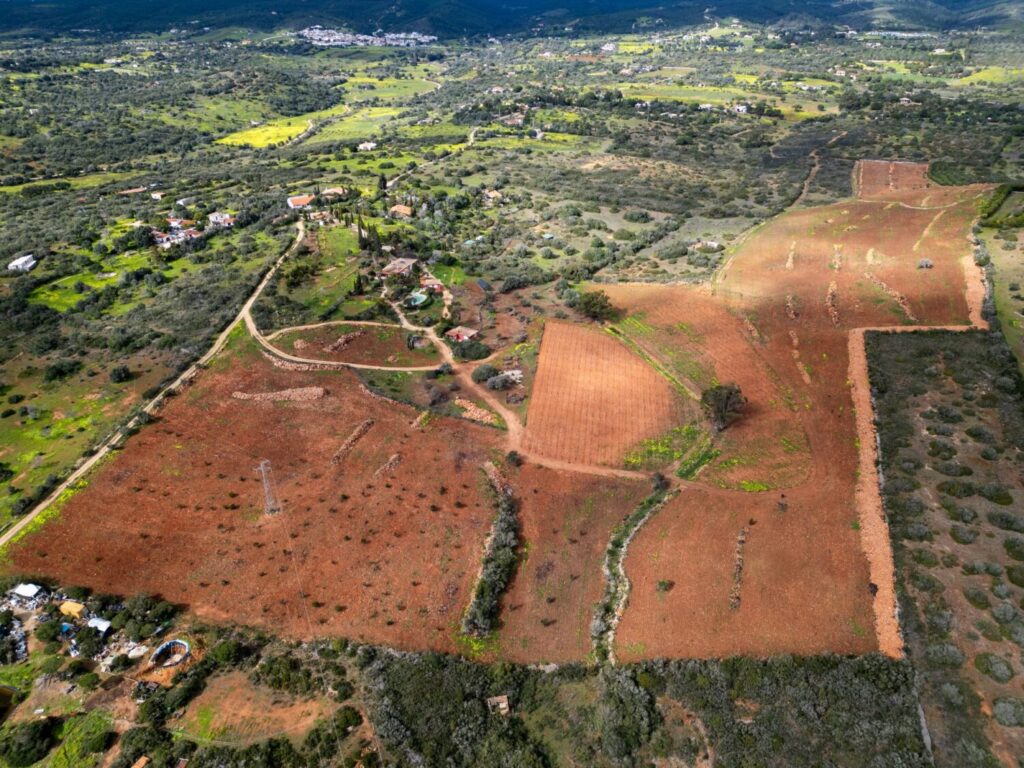
This is where he would reconnect with nature and make his own wine, a long-time interest inspired by his grandfather Teodor, a winemaker himself.
Over the years, Piotr built a portfolio of ventures linked to wine, from import businesses and specialty wine shops under the Vinarius brand, to a restaurant and wine bar, and even mountain apartments with private wine cellars for owners under the Stark Development company.
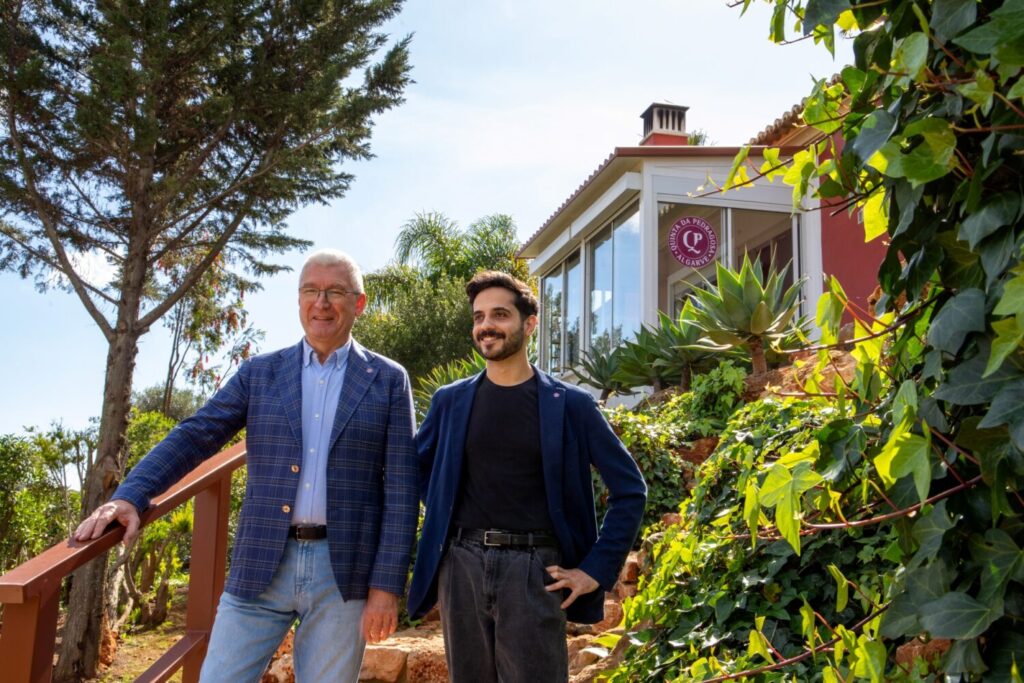
And thus, Quinta da Pedragosa was born. Today, it stands as a family-owned boutique winery, with 4.5 hectares of vineyards, including 2.5ha planted with Aragonez, Syrah, Cabernet Sauvignon, cultivated from vines that are now 25 years old. An additional hectare is dedicated to Negra Mole and another to Arinto, both planted in 2024.
These grape varieties were carefully selected to ensure the uniqueness and high quality of the product, whilst staying true to Portugal’s rich winemaking heritage.
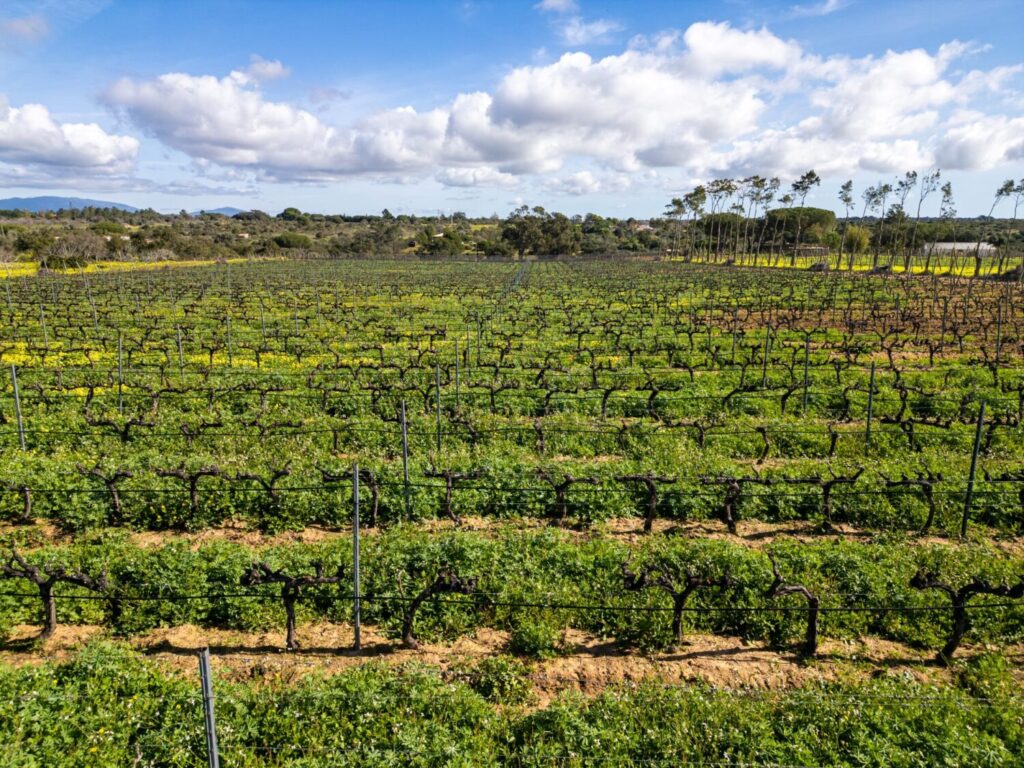
The vineyard’s dominant grape is Aragonez, a variety that accounts for 66% of the older vines.
It’s the most widely planted grape in the Iberian Peninsula, and a variety distinctly associated with Portugal.
Meanwhile Syrah, a complementary variety, enhances the Aragonez with its deep flavour, aroma, and colour, creating a harmonious blend in the vineyard, the barrel, and ultimately, the glass.
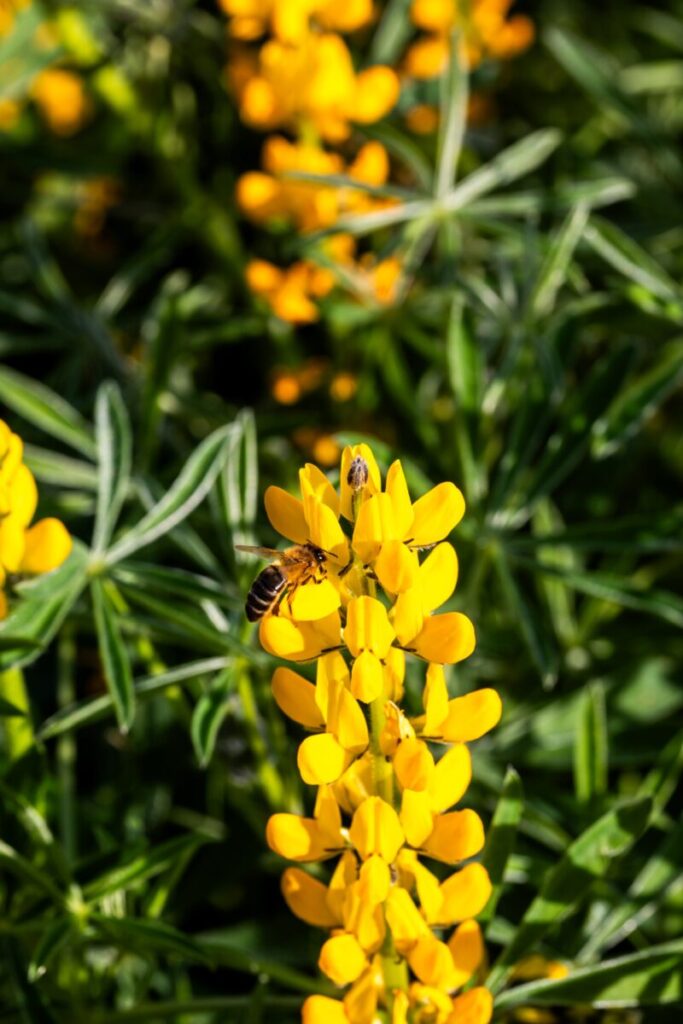
Cabernet Sauvignon, which constitutes around 10% of the old vines, is the world’s most popular grape, offering a familiar yet distinctive edge to the wine.
For the remaining sections of the vineyard, two conscious choices were made, as explained by the estate’s owner and CEO.
Negra Mole, which he refers to as “a Portuguese treasure, because it’s a magical, unique, ancient grape variety that was born in the Algarve” and is currently being revived around the region. Another native Portuguese grape, Arinto is widely grown across the world.
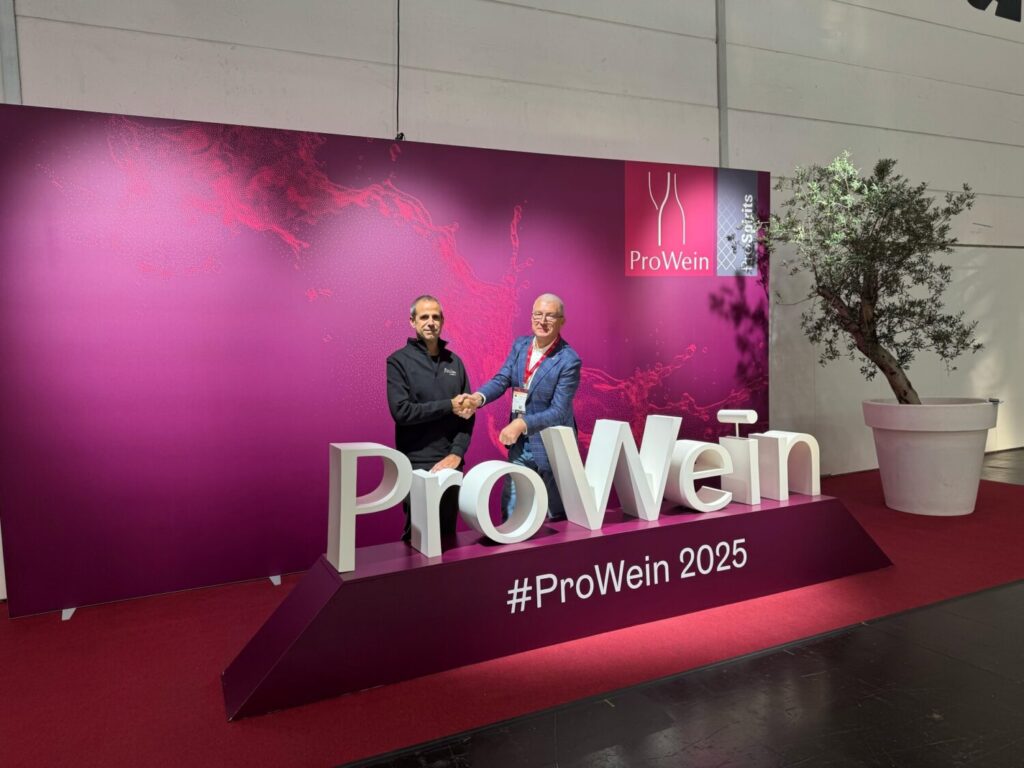
Overseeing the winemaking is Pedro Ribeiro, a respected figure in the Portuguese wine scene and winner of the 2024 Winemaker of the Year award.
Known for his work with Herdade do Rocim and his extensive knowledge of wine production across regions including the Azores and Madeira, he brings pedigree and passion to the table. Meanwhile, the vineyard’s management falls to agricultural engineer Ricardo Jacinto, who maintains a constant watch over the vines.
“We have the time, competence, and enthusiasm to do everything,” states Piotr. The vineyard uses only natural fertilisation methods, opting for plants such as lupine that act as natural fertilisers.
Another aspect of their winemaking philosophy here is avoiding winter pruning during the full moon, a belief rooted in the idea that “if has a bad effect on the winemaker, it might have a bad effect on the grapes too”.
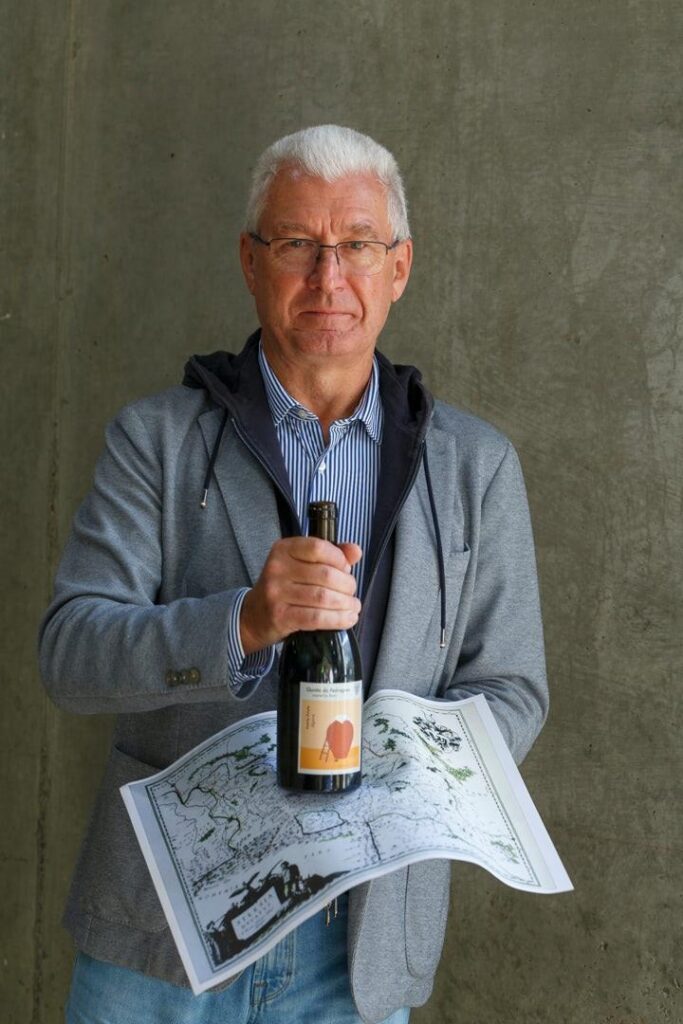
The manual harvest is carried out at dawn, with a team of pickers ensuring that the grapes are gathered by 10am, with no more than four hours passing from harvest to processing.
All wines produced at Quinta da Pedragosa are certified DOP (Denominação de Origem Protegida), a testament to their quality and authenticity.
Whilst the whites are predominantly Arinto-based, offering a “refreshing acidity, with a mineral note, along with delicate apple-citrus notes”, they are crafted for versatility.
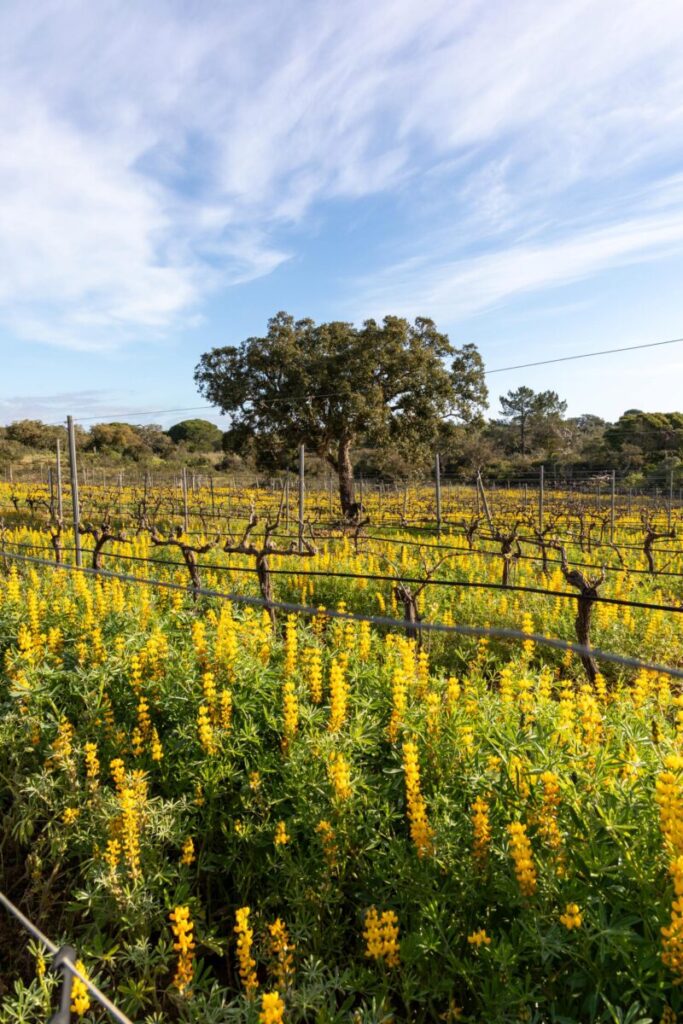
The Quinta da Pedragosa Branco is a universal wine for relaxed moments that “complements the taste of most treasures from the Atlantic Ocean”, says Piotr.
Their first Amphora wine, launched in 2023, is described by the owner as “a pure wine that gives all the splendour of the fruit”.
Meanwhile, the Quinta da Pedragosa reds are “carefully sourced from more mature grapes, as well as others that are naturally selected”.
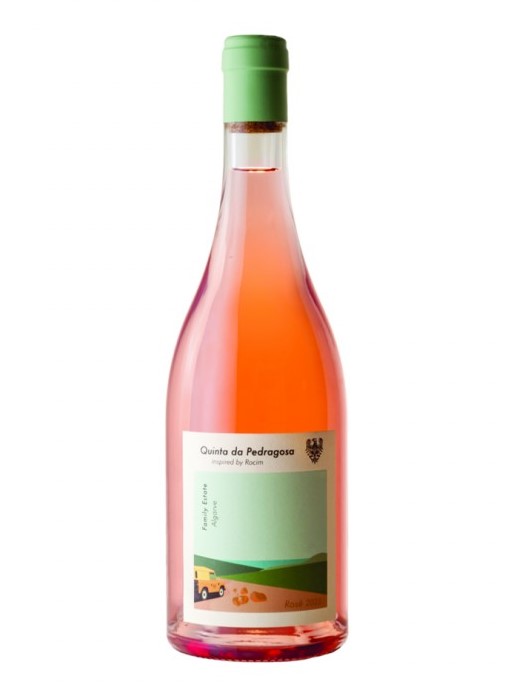
Rosé production leans heavily on Aragonez grapes, yielding lighter, refreshing wines that reflect the terroir.
“This variety is appropriate for our terroir, with sufficient acidity, low sugar and the vigour of our 25-year-old Aragonez,” Piotr notes. The Pedragosa Rosé, he adds, is “another jewel of the ocean waters of the Algarve”.
All of Quinta da Pedragosa’s wines are crafted to enhance special moments, adding a touch of distinction to any occasion.
Visitors to the estate have the chance to experience wine tastings with sweeping views of the vineyards and orchards. For Piotr, these tastings are not only about showcasing the wines but also about creating lasting memories of the holidays so that guests will feel the desire to return to the south of Portugal – or at least to order their wines online to keep those memories alive.
Looking to the future, Piotr has plans to expand. A new winery is already in development, with completion expected within two years. The full estate now spans 22ha, and he is looking into launching wine tourism services by 2027.
Follow Inside Algarve Magazine on Instagram and Facebook for more news!
Read also:
Baptista is evolving from a family-run shop into a bold competitor in the retail space












